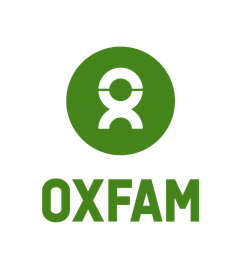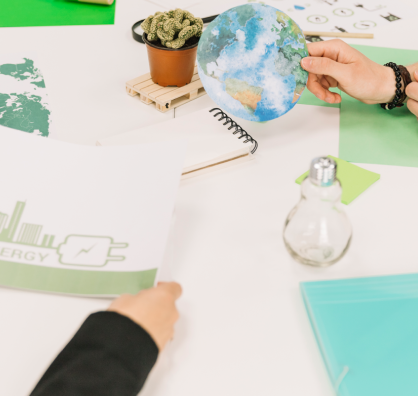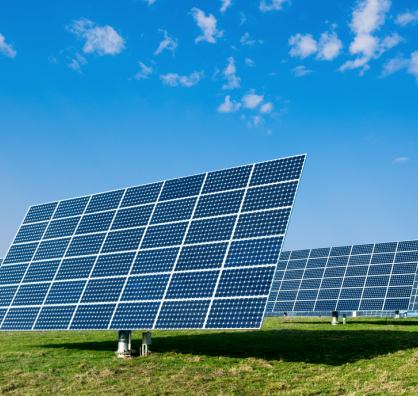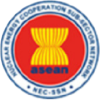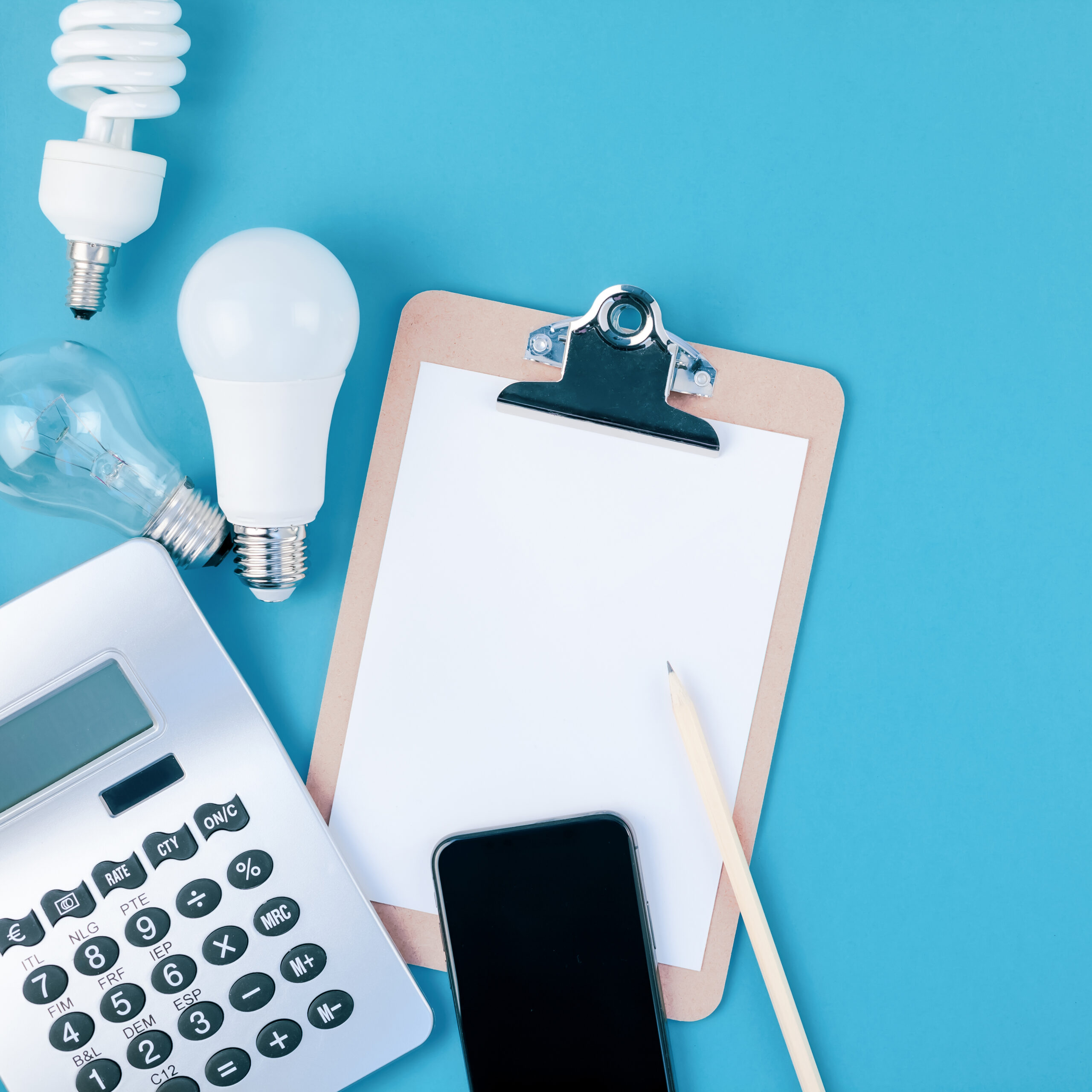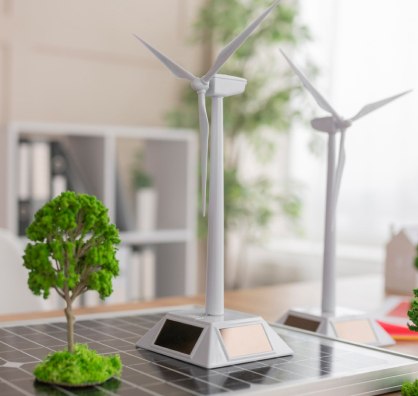
Paving the Way for a Just and Inclusive Energy Transition in ASEAN
What to know about people-centred ASEAN energy transition
Energy access continued to improve in 2022, but millions of households and people will remain without access by 2050
Household without electricity access, 2005-2022
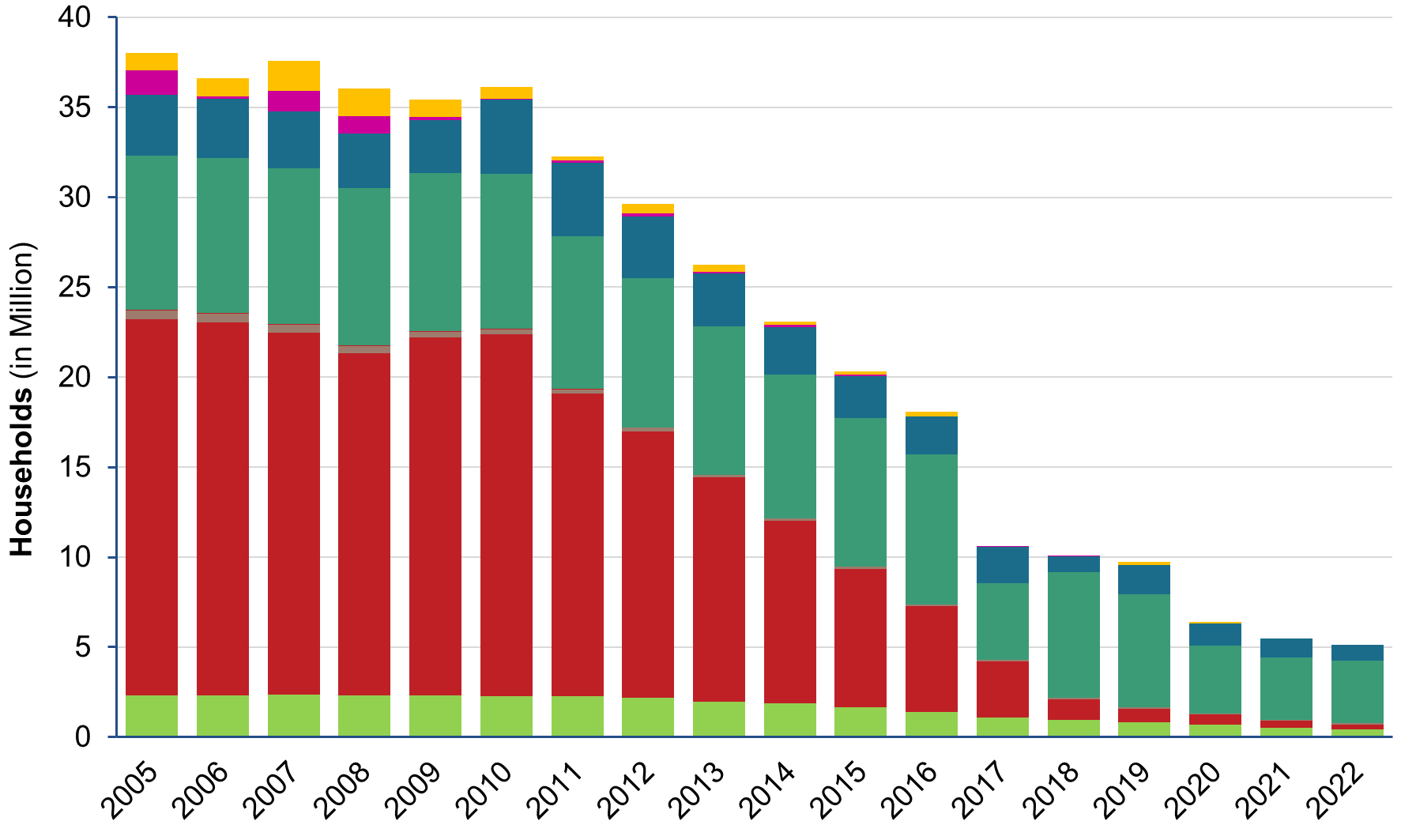
Population without clean cooking access, 2005-2022
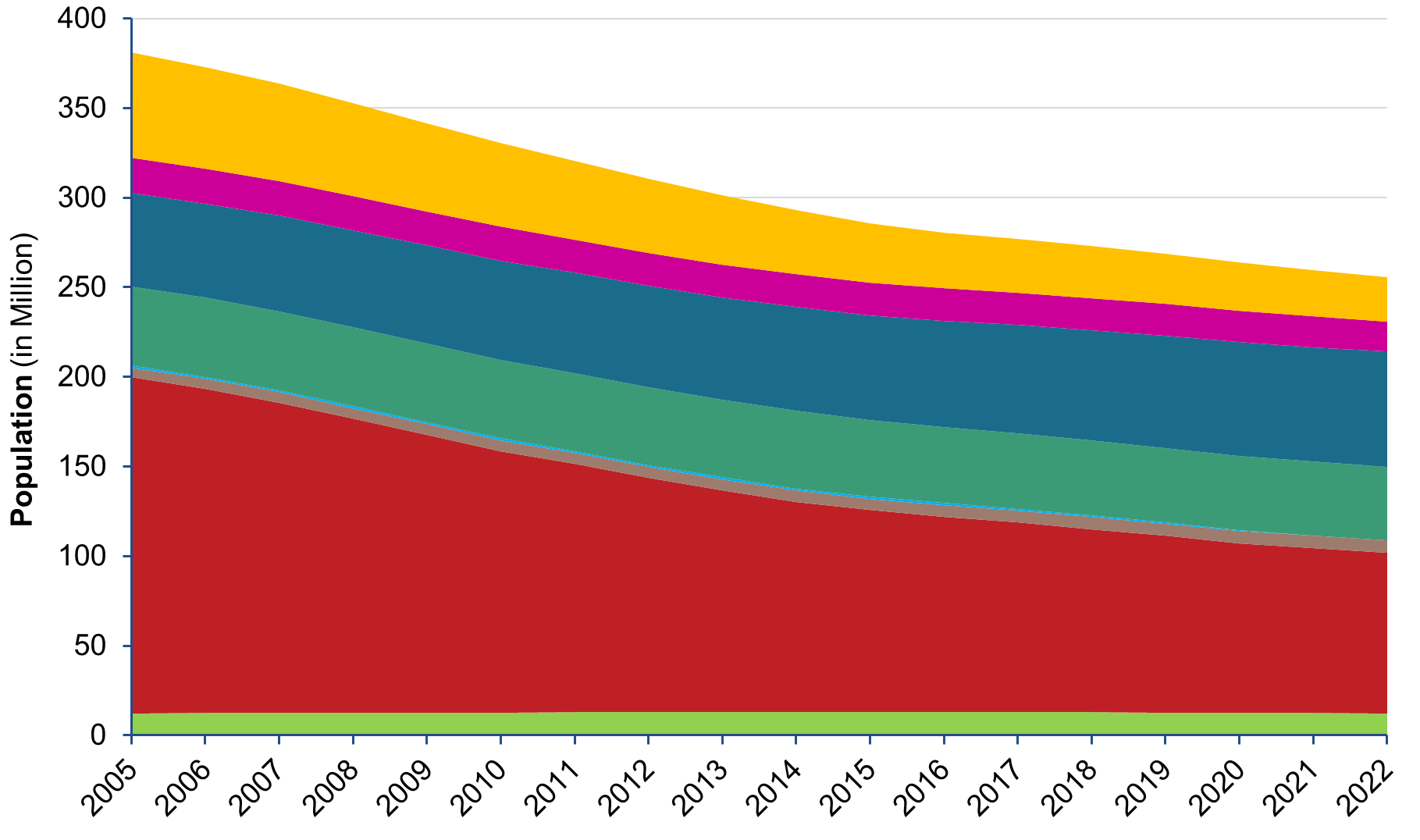

Source: ASEAN Centre for Energy Database (2024)
SDG7 aims to ensure access to affordable, reliable, sustainable and modern energy for all by 2030. The ASEAN countries have observed significant progress, with countries like Indonesia and Vietnam making strides toward achieving universal access. The number of households without electricity across ASEAN has fallen from around 38 million households in 2005 to 5 million in 2022. Similarly, access to clean cooking has improved significantly with the number of people without access to clean fuel has dropped to 256 million of ASEAN population, reduced by 208 million since 2005. However, this number remains high considering the crucial role of electricity and clean cooking, especially for rural and hard-to-reach communities. Electricity provides the luxury of lighting, cooling, water pumping, and other electronic appliances—activities that would determine the productivity of the people, both in household chores and income-generating activities. Meanwhile, clean cooking access directly reduces air pollution that causes serious health risks. The energy transition must close the accessibility gap, not widen it.
Projecting the future, the SDG7 goal might be unfeasible in the region. Recent analysis from the 8th ASEAN Energy Outlook (AEO8) found that even with ensuring the implementation of national policies, 100% electrification of the households will not be achieved until 2040, while access to clean cooking is predicted to be stagnant at 87% up to 2050. Further efforts are needed for Myanmar not only to provide electricity access but also how it can provide opportunities for people. Ensuring universal access to electricity and clean cooking is not just an energy goal, but also a matter of equity, health, and sustainability of the region.
Supported by Oxfam
Oxfam is a global movement fighting injustice for a more equal world. Oxfam works across regions in about 70 countries, with thousands of partners and allies, supporting communities in building better lives for themselves, growing resilience, and protecting lives and livelihoods in times of crisis.
There are some issues Oxfam’s works are focusing on: climate action, economic justice and equal rights, and women’s rights and gender justice. These issues carry what Oxfam’s believes in: equality. With the current global landscape, a just and energy transition covers the issues and belief of the movement. Whether that’s by closing the economic gap or creating jobs that pay liveable wages, a just energy transition can only be achieved if the most vulnerable communities face little negative impacts and do not bear the costs of climate action.
To support the just and inclusive energy transition, Oxfam has several related publications, such as Towards a Just Energy Transition: Implications for communities in lower- and middle-income countries and Towards a feminist just energy transition in Asia. Now, Oxfam and ACE joined hands in shaping a just and inclusive future for ASEAN’s energy transition.
